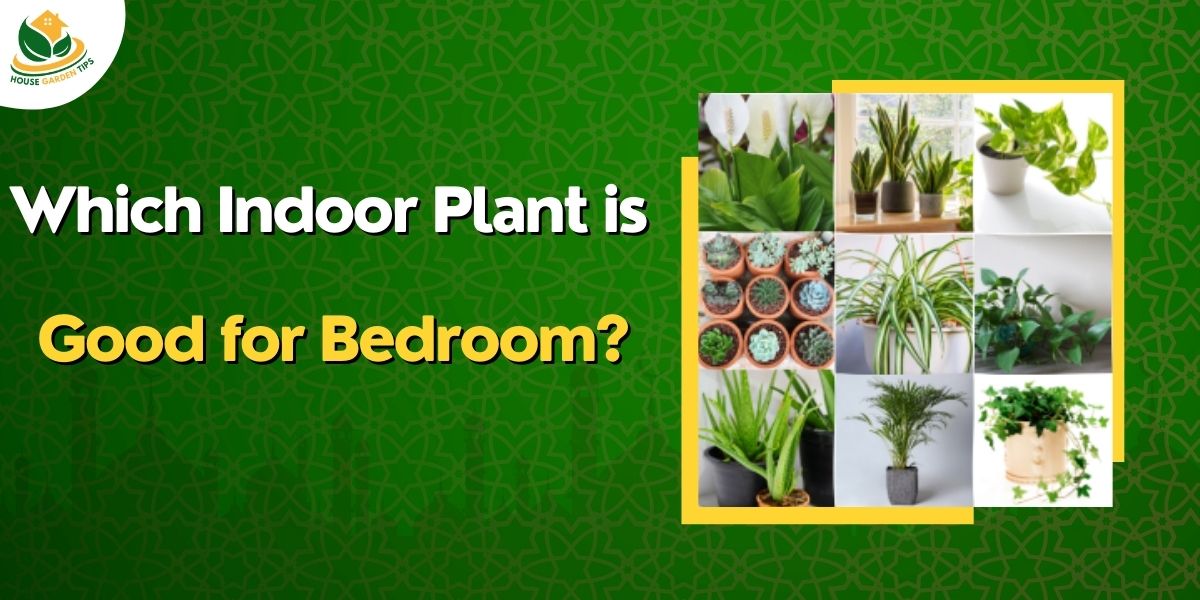Table of Contents
Why houseplant leaves are turning brown? How to prevent indoor plant leaves turn brown
One of the most common questions gardeners ask is ‘Why do indoor plant leaves turn brown?’ There are many reasons why leaves turn brown. The most common reason why indoor plant has not received enough light, which in turn leads to a lack of chlorophyll in the leaves. Chlorophyll is what allows plants to absorb sunlight and create energy through photosynthesis. Without sufficient light, a plant cannot create enough energy to survive and thrive. Another issue that may cause brown leaves is water your indoor plants too much or too little. Overwatering can lead to waterlogging of the plant, which causes the roots to become diseased and die. Underwatering on the other hand can cause the leaves to dry up and droop as they are unable to take in enough water from the soil.
It is also possible that the plant may be receiving too much fertilizer, which can cause leaf burn and cause leaves to turn brown or die off altogether. Heat can also cause the leaves to dry out and fall off. Humidity can also play a role in the formation of brown leaves. If the plant is exposed to high humidity for long periods it will begin to look dry and lifeless. Diseases can also be the cause of brown leaves. And common problems seen in indoor natural causes such as spider mites, mealybugs, aphids and other pests can also lead to leaves start turning brown and premature plant death.
Know your indoor houseplant brown leaves tips
A good way to prevent browning is to understand the specific needs of your plants. Certain plants are more tolerant to low light levels than other plants, and some require brighter light than others. The amount of water and fertilizer you give your plants can also affect how they look.
Plants are remarkably adaptive to their environment and can quickly turn brown and die when deprived of water. Indoor plants are often subjected to drier conditions than those outdoors, so they may not receive enough water. If the leaves of your plant begin to turn brown, it may be a sign that it needs more water or nutrients. There may be too little natural water in the air and the soil surrounding your plant or too much moisture in the soil, causing the roots to rot. Environmental contaminants such as chemical pesticides or fertilizers can also affect root health. Nutrient deficiencies can also cause the leaves of your plant to turn brown.
The roots get constricted due to soil compaction or because the soil contains too much sand. The tropical plant requires adequate space to grow its roots and spread its branches. It causes entirely brown (or yellow) leaves to develop at the ends of the branches.
The roots may be damaged from excessive watering or the root system is too deep for the plant’s needs. Insufficient water and nutrients can also cause the roots to become damaged by pests or diseases, which may cause the plant to unsightly brown its leaves or die altogether. Some types of plants have shallow roots that are not adapted to deal with excessive water. For example, if the roots of a potted palm tree become waterlogged, the plant may die.
If the soil has high salt content, the plant’s leaves may develop turn pale yellow or brown spots, especially if it is potted in a container. Plants need potassium to help form strong cell walls. Salt can interfere with Potassium uptake, making plants prone to pests and diseases. Planting a plant in a poorly draining area or adding mulch around the plant can also lead to salt buildup in the soil. Keeping your plants in ideal growing conditions can help prevent them from turning brown.
How to safe the indoor plant leaves are turning brown?
The leaves will start turn brown and fall off as a natural process due to environmental changes like increasing sunlight or humidity levels. Many factors can affect the way leaves turn brown, including temperature and light intensity. You can prevent your indoor plants from turning brown by keeping them out of direct sunlight and watering them regularly. Here are a few tips of the leaves for keeping your plants healthy and preventing leaves from turning brown.
- Make sure to keep houseplants out of direct sunlight. Too much sunlight can cause the entire leaf to turn brown and fall off. Try to keep your plants in shaded areas during the day so that they can get enough light without burning their leaves.
- Water your plants regularly. You should water them enough to keep the soil moist but not soaking wet. Make sure to check the soil often by sticking your finger into the soil an inch or two deep. If the soil is dry, you should water the plant roots immediately. Never let the soil dry out completely or the plant can die. If you have multiple plants in a flower pot, you can water them all evenly & simultaneously instead of watering each one individually. This will prevent the soil from becoming too dry and will help keep the plants look healthy.
- Too much heat can cause leaves to brown and dry. Try to keep your plants away from heating vents or other heat sources. For plants that like heat, try putting them in front of a sunny window or next to a radiator.
- Humidity Level: The plants are will health when humidity around the plant, but too much moisture can cause them to turn brown and die. Check the relative humidity of your environment to make sure it’s not too high. If your house is too dry, try adding moisture to the air by using a humidifier.
- Feed your plants with fertilizer every few weeks to help them grow strong and healthy. Pick the right type of fertilizer based on the type of plant you have. Some plants need a high nitrogen diet while others do better with a high phosphorus diet. Choose one based on the particular requirements of your plant.
Reason why indoor plant leaves turn brown
The fungal diseases can cause brown spots because of a disease called ‘Leaf Spot’. Leaf spot is caused by a fungus that lives on the lower leaves on the plant and spreads through spores. It can occur on any plant but is most common on indoor plants. The best way to prevent leaf spots is to spray the leaves with water every day so they can’t dry out. If this doesn’t work, you can remove the affected leaves.
The whole leaf is brown
Sometimes a plant’s leaves just turn brown for no apparent reason. This can be caused by several reasons, including over-watering, too much fertilizer, or a lack of light. If the leaves are only brown on one side, it could be a sign that the plant needs to rotate the pot so its soil is evenly moist on all sides.
The Basics of indoor nursery management and maintenance
Achieving a healthy and beautiful garden requires patience and hard work. With the right knowledge and techniques, anyone can create a thriving landscape that is beautiful and easy to maintain. When planting a new garden, it is important to start with a solid foundation. It is important to choose plants that are appropriate for the location and growing conditions your garden will experience. Plants that are native to your area will thrive best.
Also, consider the size and care requirements of each plant before deciding whether or not to include it in your garden. Once you’ve chosen which plants you want in your garden, it’s important to take the proper steps to ensure that the plants will flourish and produce beautiful flowers that you want to enjoy for years to come. By following these basic turn the leaf tips brown, you will ensure that your plants are healthy and happy and will produce beautiful blooms all season long!
FAQ
1. Why do houseplant leaves are turning brown
Many factors can lead to leaves on indoor plants turning brown, including a lack of sunlight and water, over-fertilization, and pests. When a plant is not receiving the proper amount of sunlight or water, it may become stressed and start developing brown leaves due to a lack of nutrients. For this reason, it is important to make sure that your plant is getting the right amount of water and sunlight. You should also make sure that it is getting enough fertilizer or nutrients to maintain its health and prevent it from developing brown leaves.
2. Should you cut brown leaves off indoor plants
There may sometimes be cases where it may be best to cut brown leaves off an indoor plant if your plant has brown leaves that are growing too large and removing them will help your plant maintain its health. However, if your plant only has small brown leaves and cutting them off will not do anything of great help to your plant in any way, then you should leave them alone.
3. How do you fix brown leaves on plants?
To fix brown leaves on your plants, the first step is to identify what the cause is. If the plant is getting too much sunlight, move it to a spot with indirect light. Make sure that you are providing enough water and nutrients to the plant, as this can also lead to brown leaves. If there is not enough humidity in your home, try misting your plants regularly or using a humidifier. Finally, prune away any dead or dying leaves to ensure that they don’t spread and affect other parts of the plant. With proper care and attention, you should be able to revive your plant and get it back to its original vibrant state in no time!






